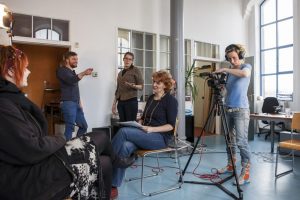Why
We were interested in the diversity of borders, because there are geografical, moral, physical and ethical ones. And in the German language we use only one word – Grenzen – for all these borders. We also wanted to know how people delt with their borders and which strategies they developed.
Location
Schuppen 3, Konsul-Smidt-Str. 50, 28217 Bremen/8.771924500000068,53.09430099999999,4/1000x300.png)
Characteristics
Area
We had the same background, camera angle and distance for all interviews and we used the same questions. It was always a one-to-one situation in the interview.
Audience
We didn't aim for a specific audience because we believe that the topic is relevant for everybody. We didn't interview children only adults and there we tried to have a good balance of gender, age, social background and origin.
How the audience/participants were reached or discovered
We invited people who had been in contact with the Schlachthof before and had an open call on our homepage and on facebook. We also used posters and leaflets.
How it was done
How
Exhibitions
Film/ Interviews/ Photography
See how the material was produced on the 100 Stories – 100 Faces activity
Results
Here are some examples – photos and an interview:
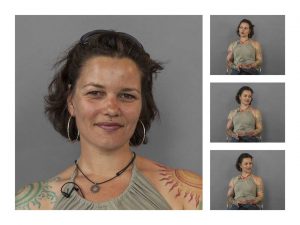
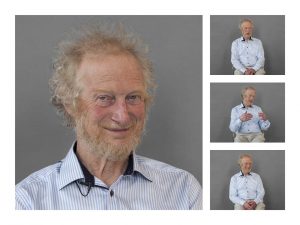
Claudia Benz
Are you a brave or a cautious person?
Depending on the context, I believe I am brave in general, but in some respects
rather cautious.
Is there any border you like?
A tree line. Because every time I am hiking and come across or pass one, I think: I
made it here and I find that great and can take a deep breath now. I like tree lines.
Is there any border you have overcome?
In fact, the line between life and death is the one I have overcome several times,
because I found myself in situations that could have turned out differently.
How did you manage that? What efforts did it take?
I have cancer and certainly I could do something regarding that, but if it works out or
not does not depend on your will, but on medical possibilities and many other factors,
that I have no bearing on and among other things, it was just luck. In the past, I went
hiking very often, also through areas you rather should not be on the way alone. But I
always wanted to hike alone and got into situations, caused by the weather, because
I wanted to go somewhere you actually should go with better gear. It was luck, that I
got out of that.
What was the effect, what was different after that?
This is very much depending on the phase of life. You know, when I was young, I did
not really care, I was just happy that I made it and now, looking back, I think it has a
lot to do with myself. On one hand, I tried to push the envelope very often when I was
younger and I questionned that now, why was it like that after all? And during the last
years, when I was very sick, it gave me a whole different view on life.
Which border frightens you?
I do not know or I do not know this particular one.
Which border would you like to establish?
I have realized that my efficiency is limited. Increasingly limited, that has something
to do with age, that I do not dare myself to do certain things, that I dared myself to do
in the past. This is a border I do not want to cross anymore increasingly.
Is there any border that you are looking over to the other side and find thrilling
what is going on over there?
There are incredibly many state borders that attract me. Provided that state borders
are political borders, that are bound to power structures in a specific country. But
there is the border to North Korea, that I have seen already, but that I would like to
cross to talk to the people there, which is very difficult. But that is something, that
really would interest me. At the moment it is like this in South Korea, you can take
trips to the North Korean border and it is a little like here, when you took a look at the
G.D.R. in the past: look, back there are the other ones, thus, a little strange. But I
believe, that these people live very different lives and I would like to know how they
sense that themselves, because we, the Western Europeans have an impression,
that is very biased and preconceived by media.
How it went
Main lessons learned
First of all we found 100 people and did 100 interviews – that was a success in itself. Then participants told us that they liked the project and the questions we asked them, it made them think about their live and their goals. It also showed them what they had already reached and that made them a little proud. So success was on a very personal level.
Credits
The Schlachthof team who realized the interviews: Susanna Dagny Mohr, Kathrin de Silva, Jens Werner and Gudrun Goldmann.
Photography: Frank Scheffka
Camera and editing: Ria Pietzner
Graphic design: Marlis Schuldt, Jörg Möhlenkamp
Technical support: Thomas Jürgens, Stefan Stöver
Activity Timeline
2017
-
Preparing the exhibition 100 faces - 100 stories

These are the 100 people we interviewed. Their photos and stories are presented in the exhibition. It took some time to find them: We did the first interview in January and the last in August 2016.
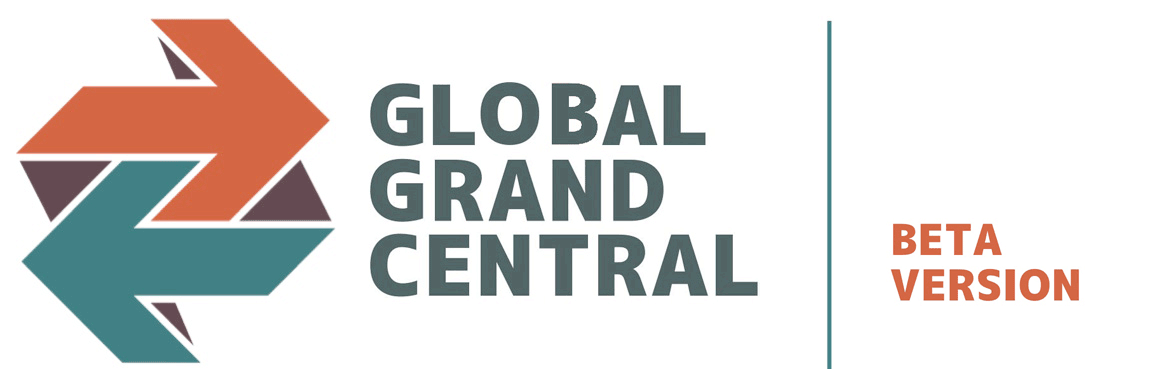
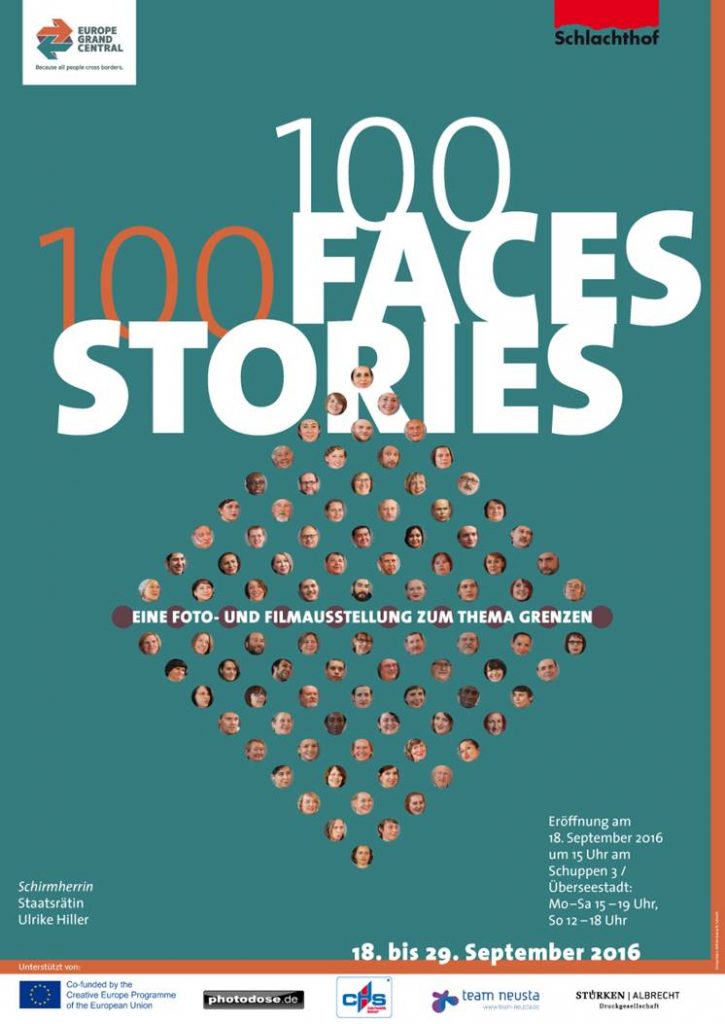
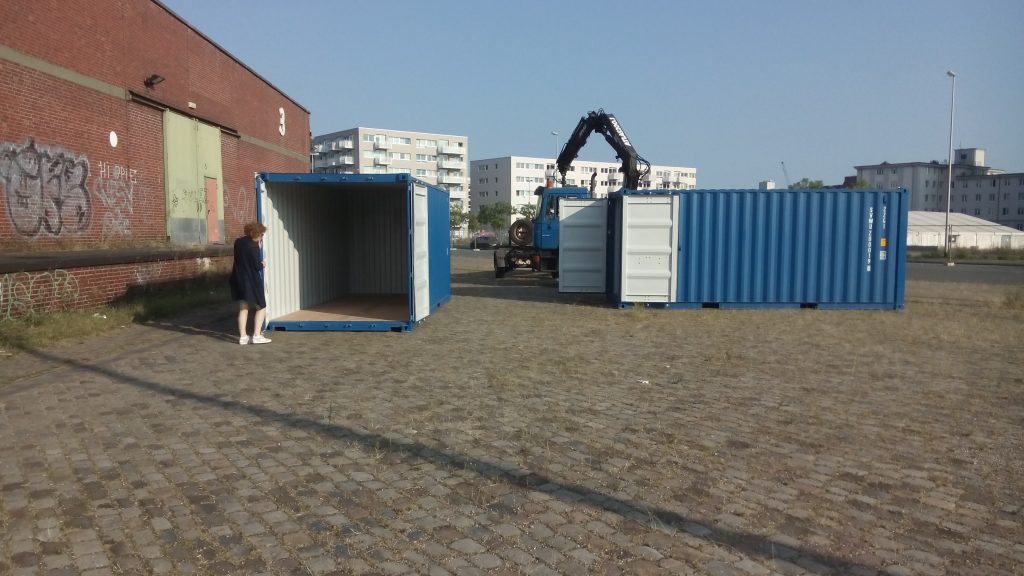
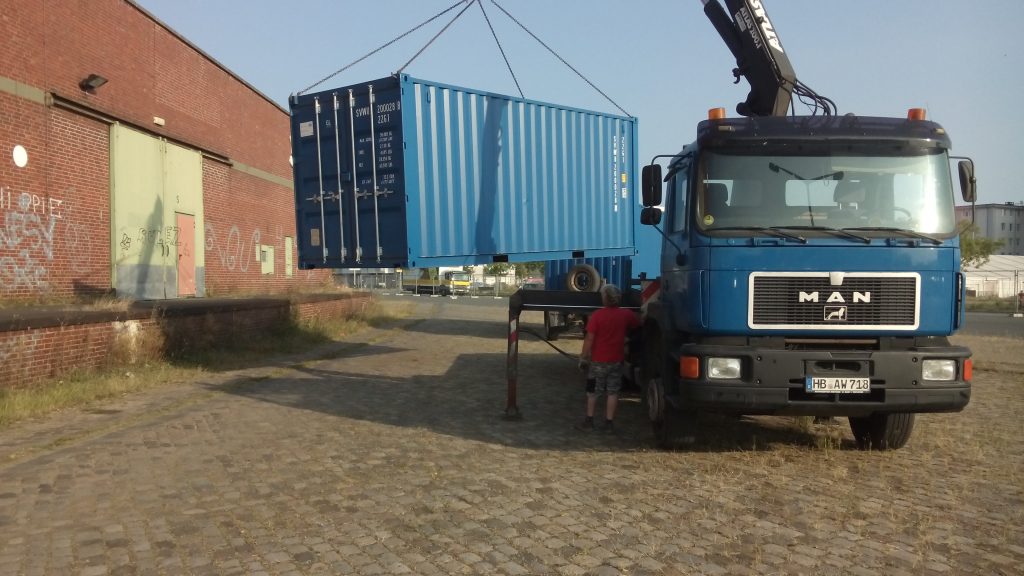
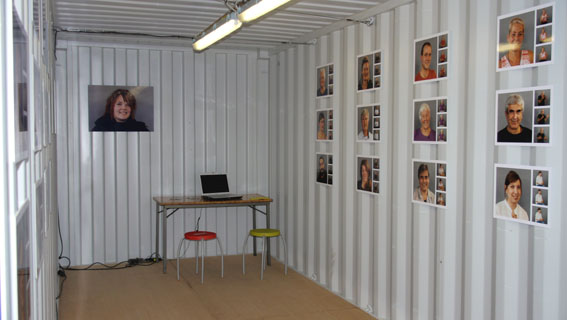
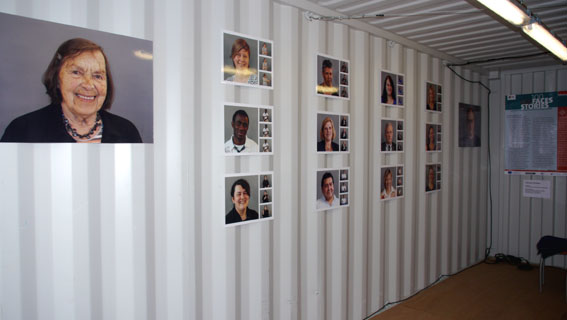
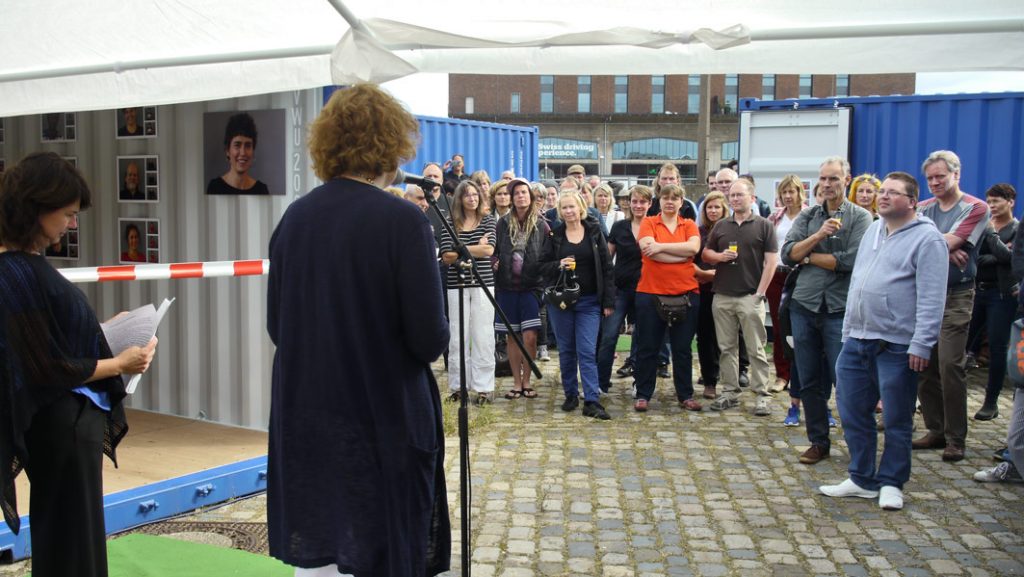
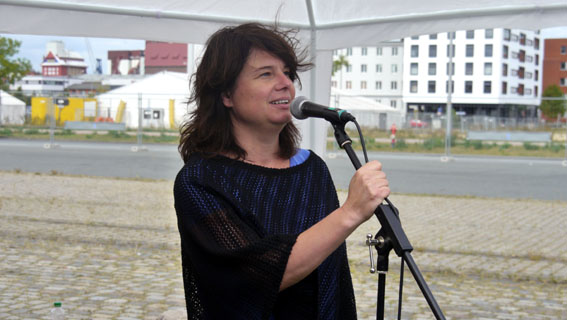
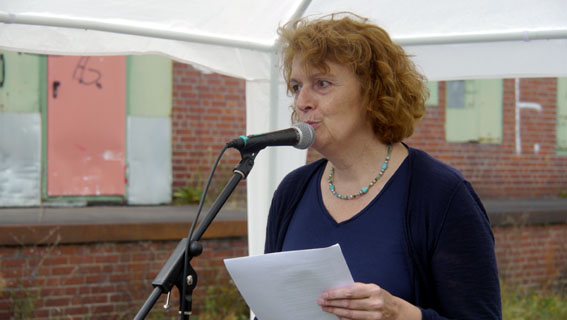
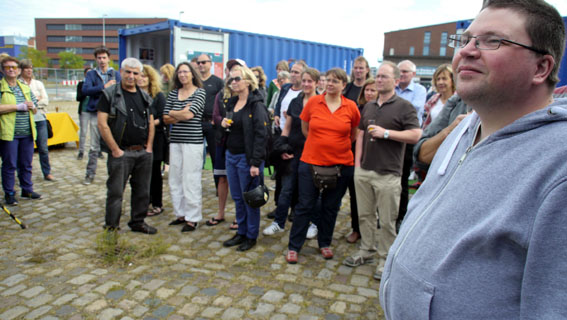
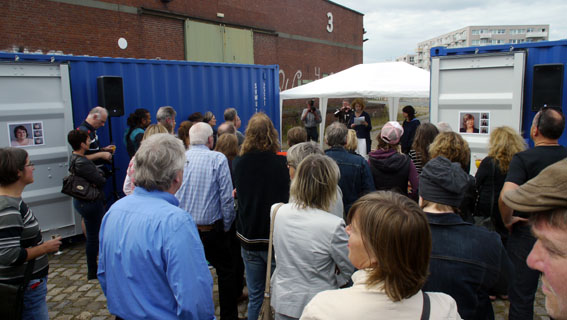
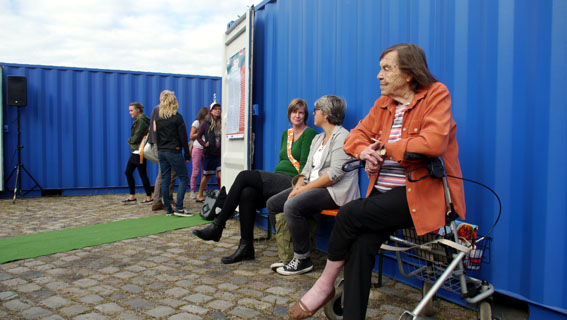
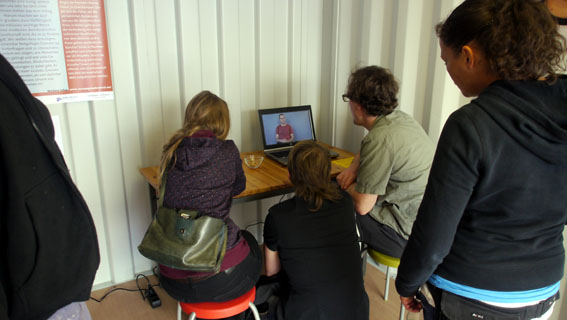
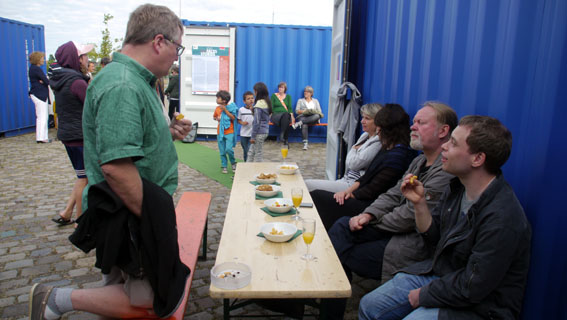
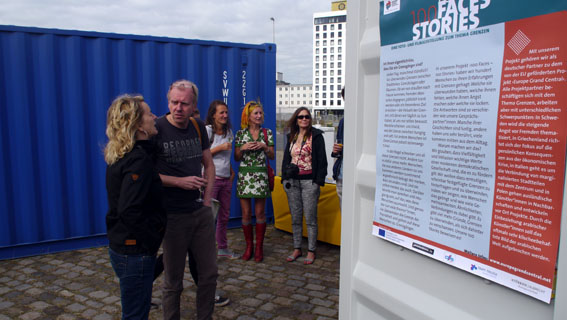
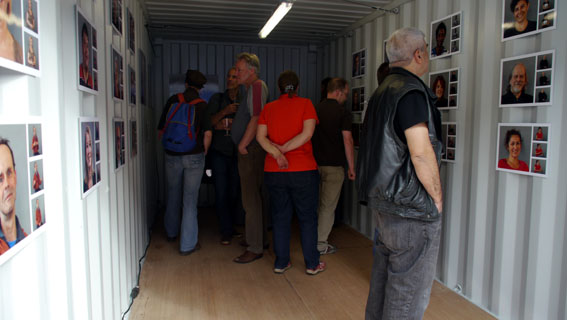
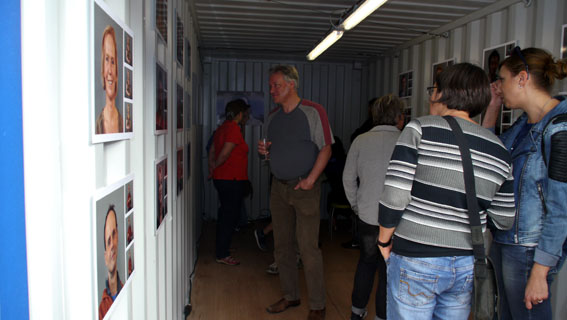
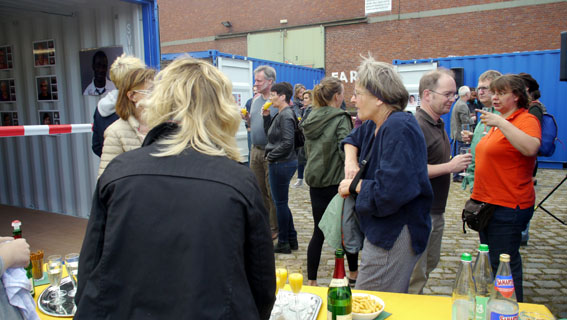
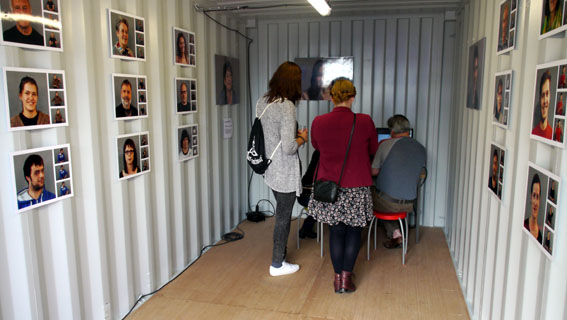
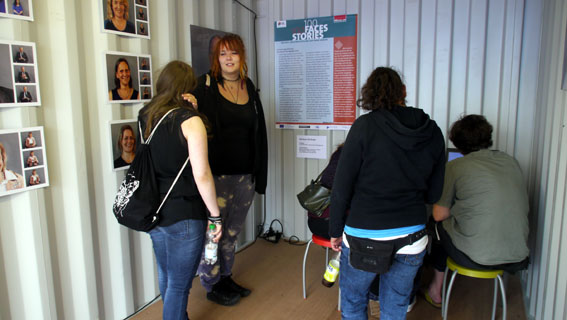
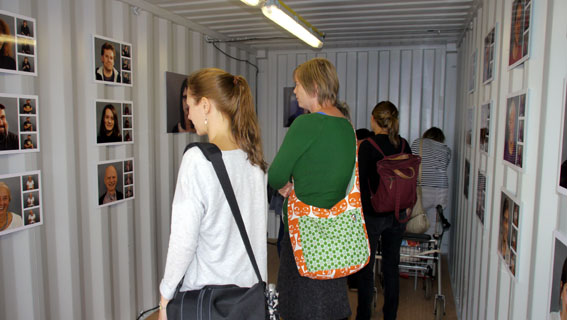
 An activity by
An activity by 